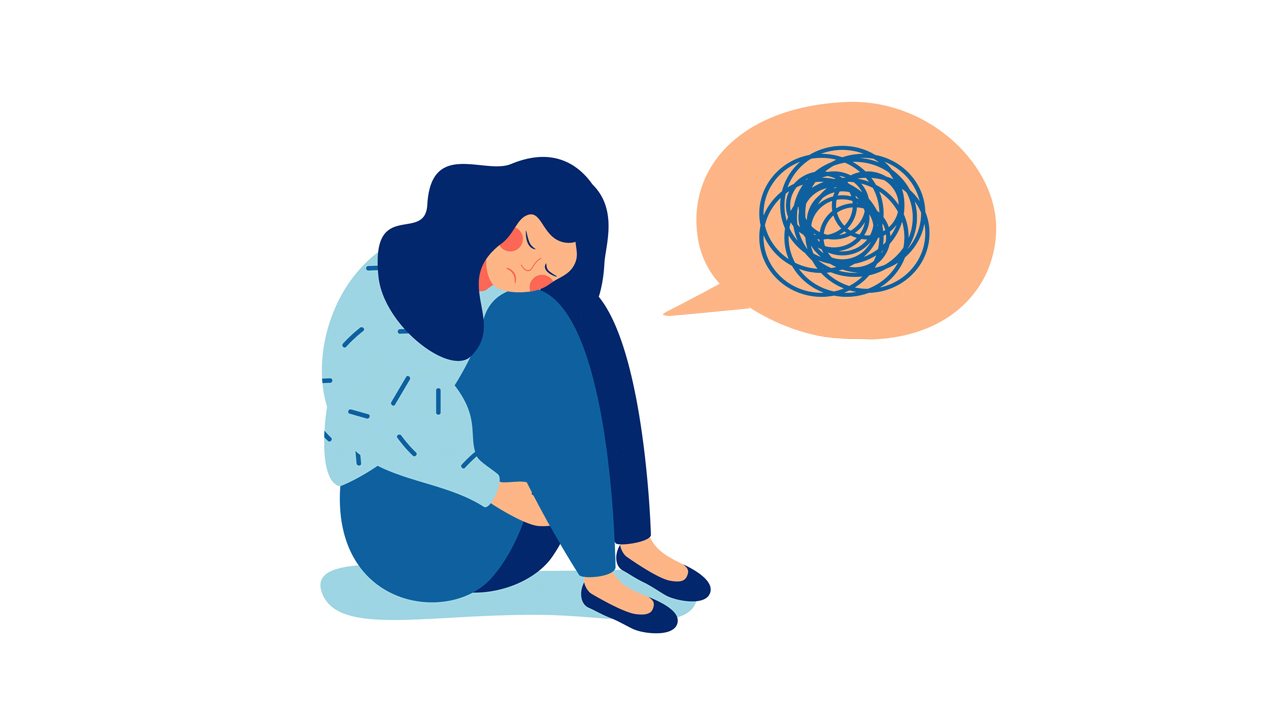Anxiety Disorders To Be Stress Free

Introduction
Step into a world where tranquility triumphs over turmoil. In our blog, “From Anxiety Disorders to Stress-Free Living,” we illuminate the path to inner calm amidst life’s chaos. Anxiety’s grip can be overwhelming, but with expert insights and compassionate understanding, we offer solace. Navigate through empowering articles that unravel anxiety’s complexities and reveal strategies for liberation. From mindfulness methods to personal anecdotes of triumph, discover the tools to rewrite your story. Join us on this transformative journey, where we stand beside you, guiding you from anxiety’s shadows to a life where serenity reigns supreme.
What is Anxiety:
Anxiety is a fear which relates to an emotional response to an immediate threat with concerns with a reaction of either staying to fight or leaving to escape danger. Everyone has feelings of anxiety at some point in their life. Weather it is sometimes anxious about sitting an exam or having a job interview.
How do you know if you have Anxiety?
There are some reasons & symptoms through which one can know whether they are in a state of anxiety or not.
Firstly anxious person is always feeling nervous. He also feels restless or tense due to specific reasons.
Such patients have an increased heart rate. They also have rapid breathing which is also called hyperventilation. Sweating, trembling, and feeling weak or tired is also of them.
Basic Reasons For Anxiety:
Difficult experiences in childhood or adulthood are common reasons for anxiety problems. Going through stress and tough time at a young age is likely to have a basic reason. Experiences due to physical or emotional abuse are a very big cause for a person’s mental health.
Physical Health Problems:
If anyone is going through a serious physical health condition r severe life-threatening can cause anxiety.
Mental Health Problems:
Many people suffer from mental health problems such as depression.
Types Of Anxiety
Here you will come to know about many types of anxiety. There are common signs, symptoms and treatments for many types of anxiety.
Panic Disorder:
It is a state where one can get regularly sudden attacks of panic or fear. Many of us have experienced this sort of attack in stressful or dangerous situations.
Social anxiety disorder:
It is commonly faced by those people who feel
embarrassing in a crowd. They feel fear while interacting or talking with strangers. They hesitate while speaking in public or meeting new people.
Obsessive-compulsive disorder:
Obsession is an unwanted and unpleasant thought, an image repeatedly enters your mind, causing feelings of anxiety.
Post-traumatic stress disorder:
It is a mental disorder that appears after some traumatic events or other threats happened in a person’s life. Such patients had tolerated many
types of tragedies in life.
5-5-5 Method For Anxiety
It is a very useful method. This exercise can control your anxiety.
To start this exercise you may first start with simple deep breathing. You breathe in for 5 seconds, hold your breath for 5 seconds, and then breathe out for 5 seconds. You can continue this exercise until your thoughts vanish and you feel some relief.
Treatment For Anxiety Attacks
The most important treatments are psychotherapy and medications. After investigating the history of a patient the doctor refers either a therapist or medications. Consumption of vitamins are commonly used to help with anxiety and stress.
Ways To Get Rid Of Anxiety:
If you really want to get rid of anxiety then you have to follow some rules.
- The first thing is the proper breathing exercise.
- Try to stop yourself to overthinking.
- Try to live in the present moment.
- Meditation can also help you to slow down thoughts.
- Creative writing may help children and teens to manage anxiety.
Try to spend your time in nature. It helps you to overcome anxiety.
Conclusion:
In the realm of From Anxiety Disorders to Stress-Free Living: Your Pathway to Inner Calm, we’ve ventured through the labyrinth of anxiety, emerging with a map of resilience and serenity. Armed with knowledge and insights, you possess the tools to redefine your relationship with anxiety. As we bid farewell, remember that the journey continues beyond these pages. The title’s promise remains alive – a life of tranquility is within reach. With newfound strength and a community of support, stride confidently towards the serenity you deserve. This conclusion marks not an end, but a commencement of empowered living.

